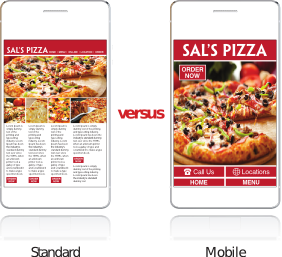Elite Moving & Transportation

Whether we are moving just a few pieces of furniture to an apartment or a house-full of furniture, we are eager to serve you in the most professional way that makes us so proud of what we do. Elite Moving will safely handle your move quickly and at a reasonable price.
WHY MOVE WITH US
- Competitive Rates:get a free quote and see for yourself!
- Fast And Reliable Service:years of experience and our special in house training program leads to highest level of professional service
- Floor Protection:free use of floor runners to protect your carpet or hardwood floors
- We treat your belongings as our own:our experienced moving professionals will wrap your items with thick, protective furniture pads and carefully transport them to your new location
- No Subcontractors:unlike many other moving companies, most





